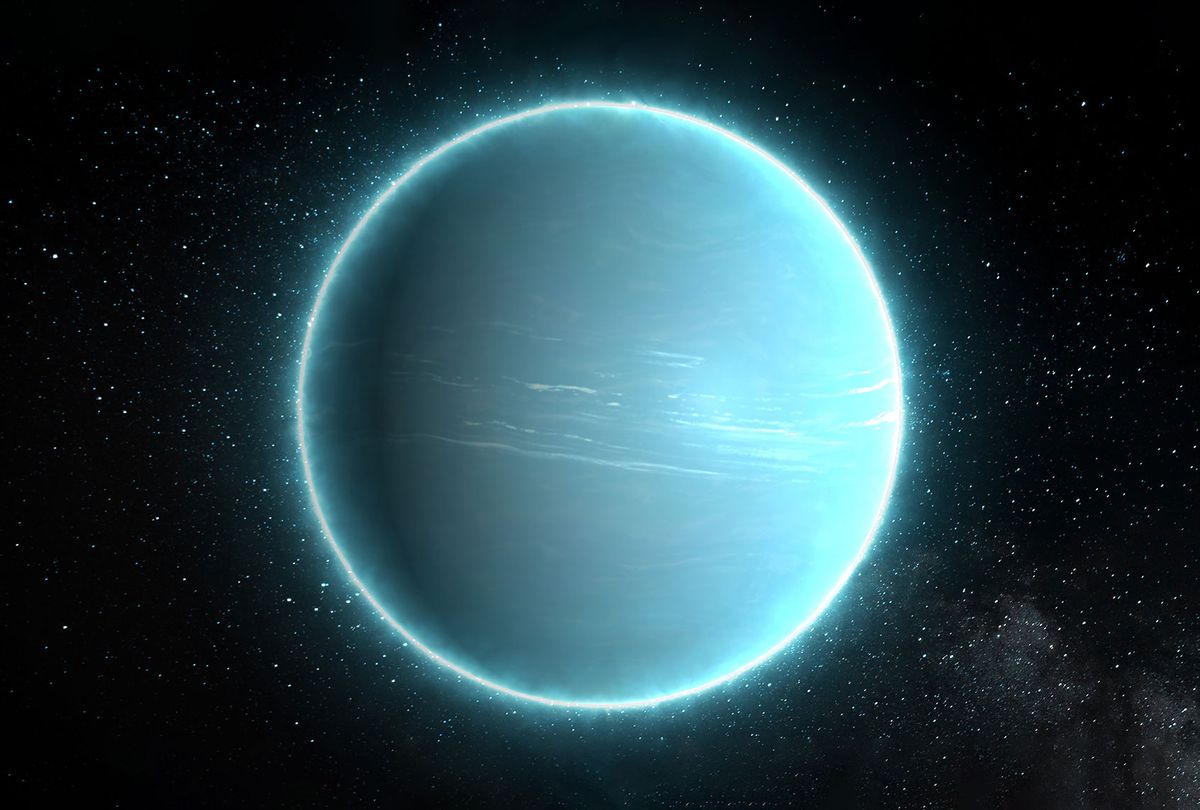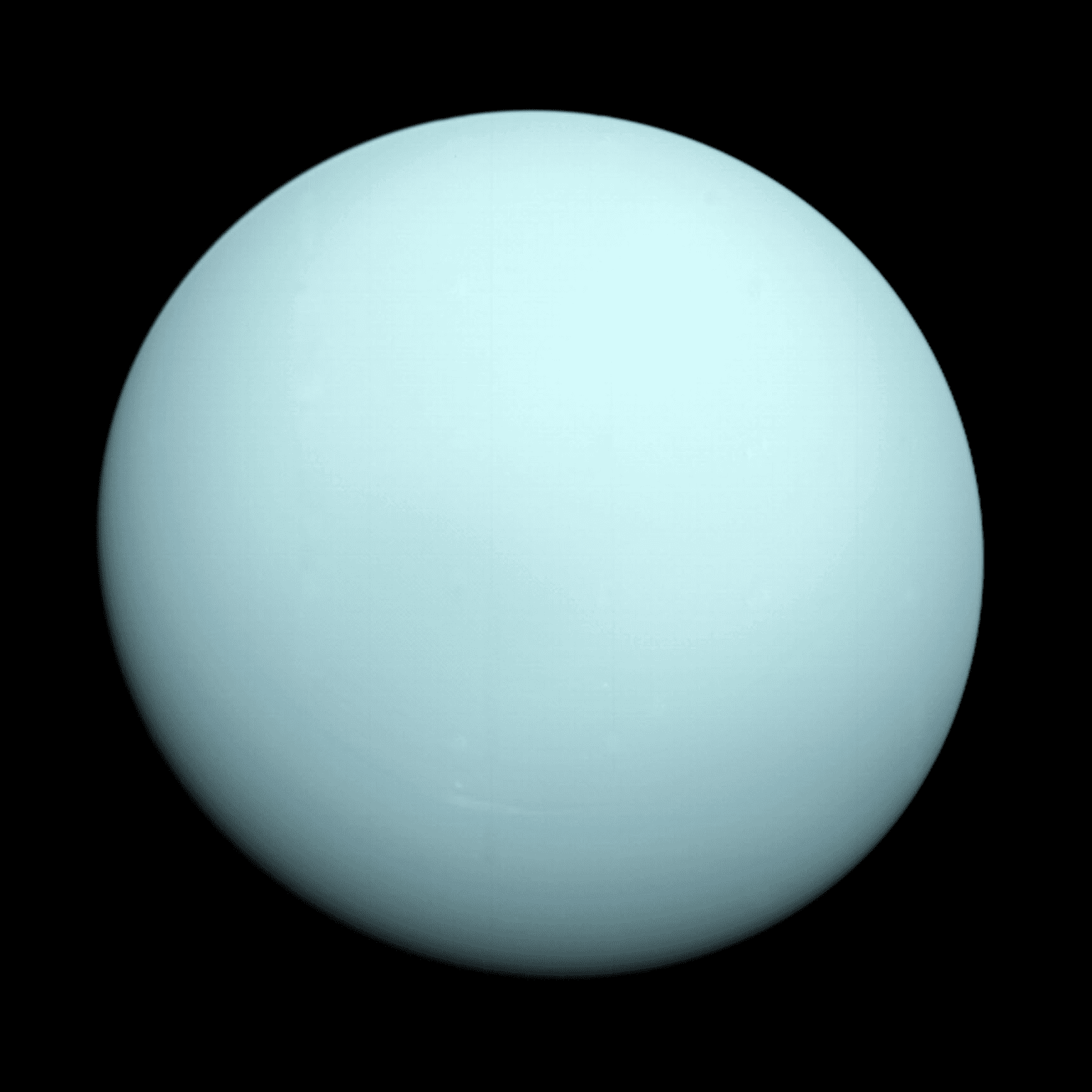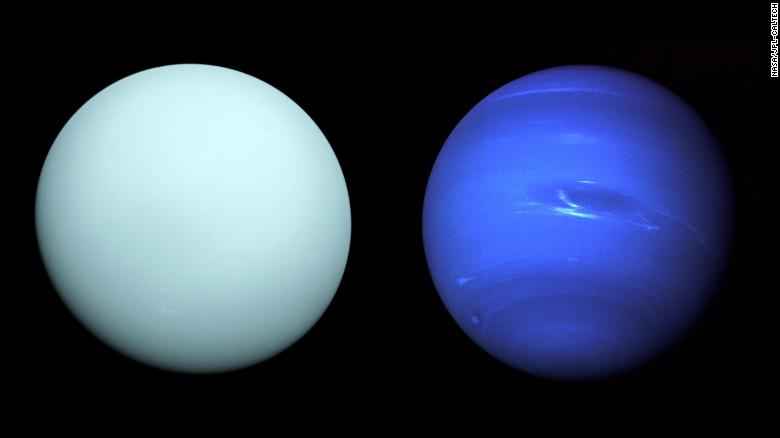Uranus holds the record for the lowest temperature among the planets of the Solar System. The lowest recorded temperature on the planet is -224.2°C. However, if we take the average temperature, then Neptune turns out to be colder — -201 °C. On Uranus, the average temperature is -195°C. But what processes cool the atmosphere of Uranus?

Uranus is experiencing some of the most extreme seasons in the Solar System. The equator of the planet is almost at right angles to its orbit — 97.77°. About a quarter of every year on Uranus, the sun shines directly over each pole, while the rest of the planet is immersed in a dark winter. For reference, a year on Uranus is approximately 84 Earth years.
Ice Giant
Uranus and Neptune are known as ice giants. They are in a slightly different category than Saturn and Jupiter. Both planets can “boast” a cold atmosphere consisting of ice rather than gas. Uranus consists mainly of hydrogen, helium and methane. Methane reflects blue light, giving Uranus its famous blue-green hue. Temperature and pressure increase as they move away from the surface. Like most gas giants, the surface of Uranus is determined by the level of gas pressure, which is equal to the pressure at sea level on Earth.

According to the National Weather Service, the average temperature of clouds on Uranus, consisting of ammonia and methane ice, is -193 °C. The lowest temperatures of Uranus are in the lower layers of the atmosphere, where the mark reaches -224.2 °C.

Unlike other gas giants, Uranus most likely has a rocky core, not a gaseous one. According to NASA, the temperature inside it can reach 4982 °C. Although it is significantly warmer than the icy atmosphere, compared to other planets, the core of Uranus is quite cold. For example, the temperature in the core of Jupiter is approximately 24,000°C.
Causes of the terrible cold
Uranus emits very little internal heat into space. When NASA’s Voyager 2 spacecraft arrived at Uranus, it found that the gas giant lacked a strong internal heat source. The spacecraft’s infrared detectors show that the planet emits about the same amount of energy as it receives from the Sun. For comparison, Jupiter and Saturn produce internal heat and emit about twice as much energy as from the Sun.
The lack of internal heating on Uranus is the cause of a sedentary and extremely cold atmosphere.
Follow us on Twitter to get the most interesting space news in time
https://twitter.com/ust_magazine

